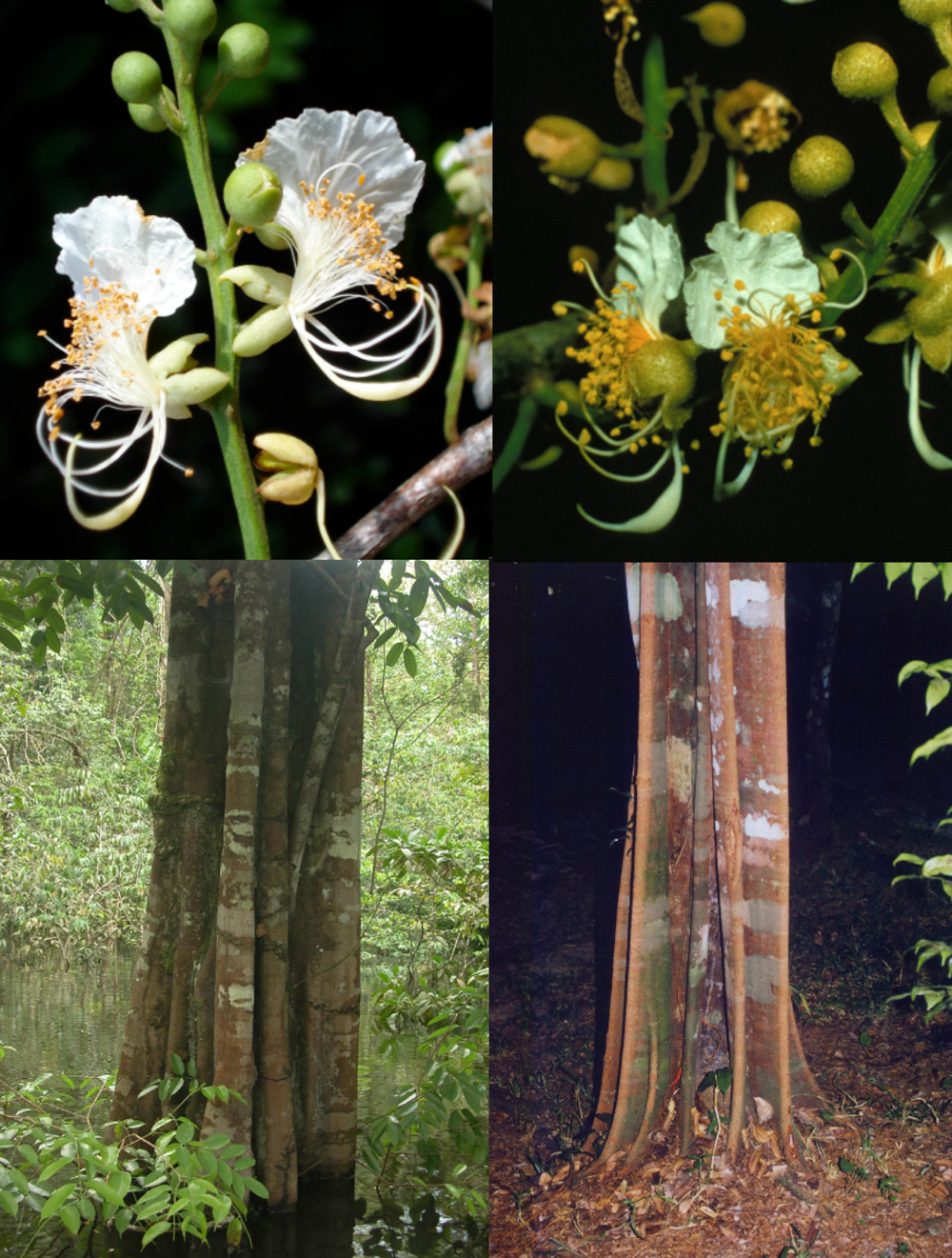Four “Flavors” of New Plant Species, Part Four
Posted in New Plant Discoveries on February 13, 2015 by Benjamin Torke
Benjamin M. Torke, Ph.D., is an Assistant Curator at the Garden’s Institute of Systematic Botany. His specialty is legumes, a large plant family that includes not only beans and peanuts but also hundreds of rain forest tree species.
Rare. Restricted. Remote. Those are three characteristics, or “flavors,” of the new species that plant scientists discover and describe every year. Breaking our pattern, the fourth and final flavor in this series does not begin with an “r.” Some new species are cryptic.
The most recent comprehensive taxonomic treatment of Swartzia was written by the late Dr. Richard Cowan, curator of legumes at The New York Botanical Garden during the 1950s. In that seminal work, Cowan brought order to chaos. Previous authors had given numerous scientific names to the same species. Cowan recognized one name for each species and classified the other names as synonyms. In at least one case, however, it appears that he may have gone a bit too far.
Cowan’s concept of the species Swartzia polyphylla, which was broadly adopted by other botanists after the release of his publication, encompassed an extremely variable species that ranged across most of the Amazon Basin. When I began studying Swartzia over a decade ago, I noticed that the specimens that Dr. Cowan identified as Swartzia polyphylla came from both well-drained “terra firme” forest and from so-called “várzea,” a type of riverine forest that is seasonally inundated by several meters of floodwater. Knowing that these two forest types tend to harbor different plant species, I decided to take a closer look at the collections and to plan several expeditions to the Brazilian Amazon.
Sure enough, although they looked nearly identical at first glance, the plants in the upland forest differed in subtle ways from the plants in the riverine forest. The flower buds were hairier, and the fruits were somewhat smaller and less conspicuously patterned by lenticels (pores that allow gas exchange). Later on, I gathered genetic data that supported my suspicion that they represented distinct species.
But as it turns out, I was not the first person to make this distinction. Indigenous communities and local foresters have always been aware of the difference, and the distinction had actually been made in the botanical literature prior to Cowan’s publication. As such, I needed only to resurrect the name, Swartzia acuminata, which had been published by the German botanist Carl Ludwig Willdenow in 1837, for the riverine species, while retaining the name Swartzia polyphylla for the other. So in this case, the discovery was not of a truly new species, but of one that was for a time effectively lost in the literature.

Subsequent work in Colombia and Venezuela revealed other subtly distinct entities contained with Cowan’s concept of Swartzia polyphylla. These also appear to be good species, but unlike Swatzia acuminata they lack names and therefore must be described as new. Species complexes such as this are defined by having cryptic variation and complex boundaries between species. While they constitute a persistent thorn in the side for the taxonomist, they are also one of the most fruitful sources of new species discovery.

